Durian prices today, July 1, have not fluctuated compared to the end of June. The market price remains stable, fluctuating between 25,000 - 84,000 VND/kg, with no new signs of increase.
Domestic durian price
According to a survey by chogia.vn, the domestic durian market entered early July with a stable price level. Specifically, the price of RI6 durian in the Southwest and Southeast regions remained at around 45,000 - 60,000 VND/kg. The price for RI6 in bulk is commonly from 25,000 - 28,000 VND/kg, while the price of Thai durian in bulk is around 76,000 - 84,000 VND/kg, depending on the locality.
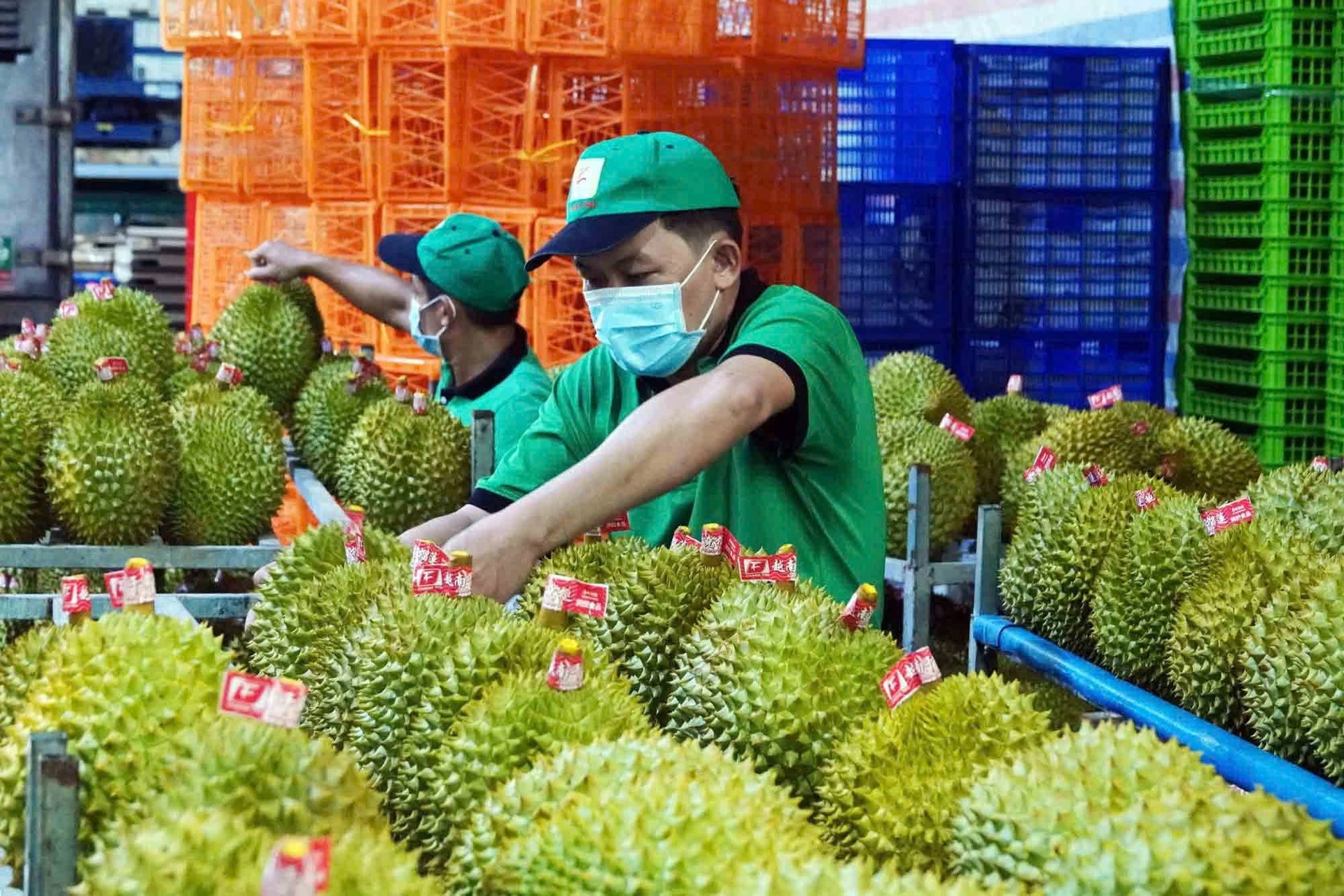
In the Central Highlands, where the durian acreage has increased sharply in recent years, the price of good RI6 is only 44,000 - 46,000 VND/kg, and the bulk-purchased type also remains low at 25,000 - 28,000 VND/kg. Notably, some areas in Lam Dong and Dak Lak reported prices of only 17,000 VND/kg for unripe or low-quality durian, putting great pressure on farmers.
Thai rice purchased in bulk at many warehouses in all three regions was purchased at around 40,000 - 48,000 VND/kg, reflecting that supply remains high while domestic consumption has not improved significantly.
Latest durian news
According to the Bangkok Post, fresh durian exports from Thailand to China in the first half of 2025 fell by about 3% compared to the same period last year. The reason is attributed to unfavorable weather that delayed the harvest by nearly 20 days, combined with the implementation of a series of stricter requirements in quality control.
Exporters must demonstrate packhouse registration, Global GAP certification, chemical residue testing, and meet a host of stringent food safety criteria. The lengthy and costly process makes it difficult for many small businesses to secure orders.
However, some large enterprises such as Platinum Fruits have maintained a stable export pace thanks to synchronous investment in quality control processes. The company requires soil, water, insects and mold tests at ISO-standard laboratories before allowing packaging, and at the same time builds a transparent chain from farm to consumer.
“Real competition is no longer about low prices or volume, but about trust in quality and food safety,” said Natakrit Eamskul, CEO of Platinum Fruits, at the Asia Fruit Logistica Bangkok Meet Up.
Vietnamese durian needs to standardize growing areas to compete in the long term.
In Vietnam, domestic durian prices remain much lower than the same period last year, when exports to China peaked. One of the reasons why prices have not increased this season is because China’s requirements are increasingly strict, while many growing areas in the Central Highlands and the West have not yet standardized raw material areas and GAP records, and traceability.
Vietnam’s durian growing area has exceeded 178,000 hectares, a five-fold increase compared to 2015, with an output of more than 1.5 million tons. However, without a quality post-inspection strategy, many regions may fall into a situation of “substandard goods – unable to export – having to sell off domestically”.
Lessons from Thailand show that coordination between businesses - farmers - management agencies in controlling residues and ensuring traceability is a prerequisite to maintain a position in a large market like China.
Source: https://baolamdong.vn/gia-sau-rieng-hom-nay-1-7-cho-dong-luc-moi-tu-xuat-khau-290194.html





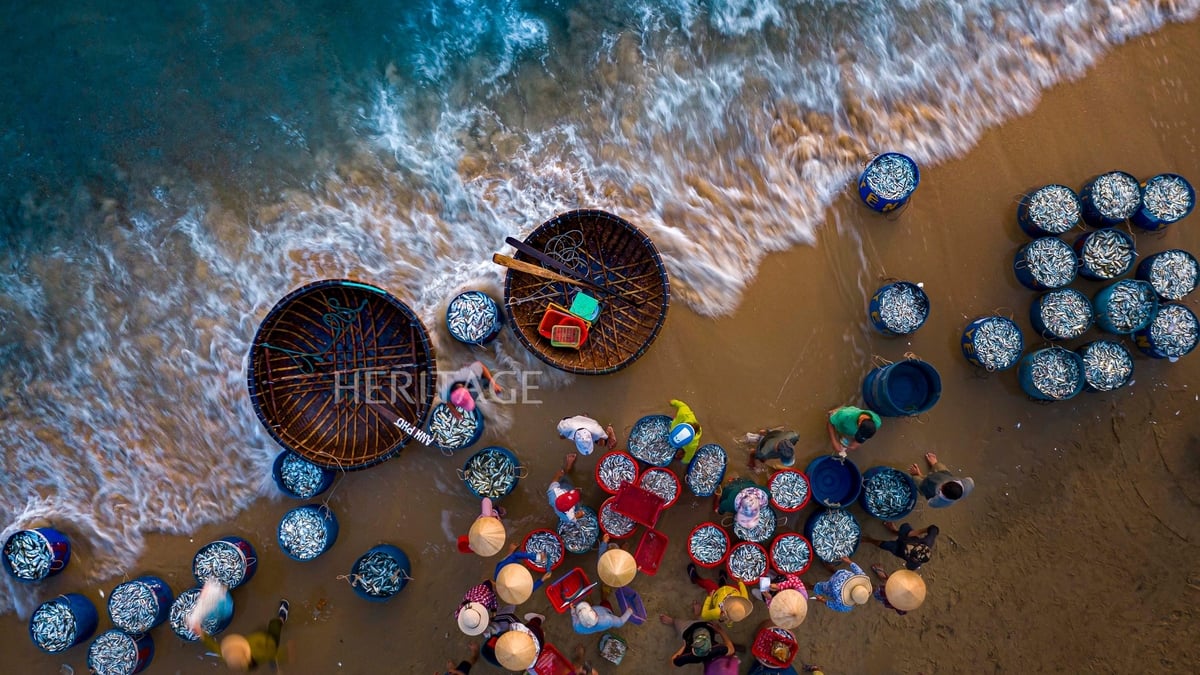

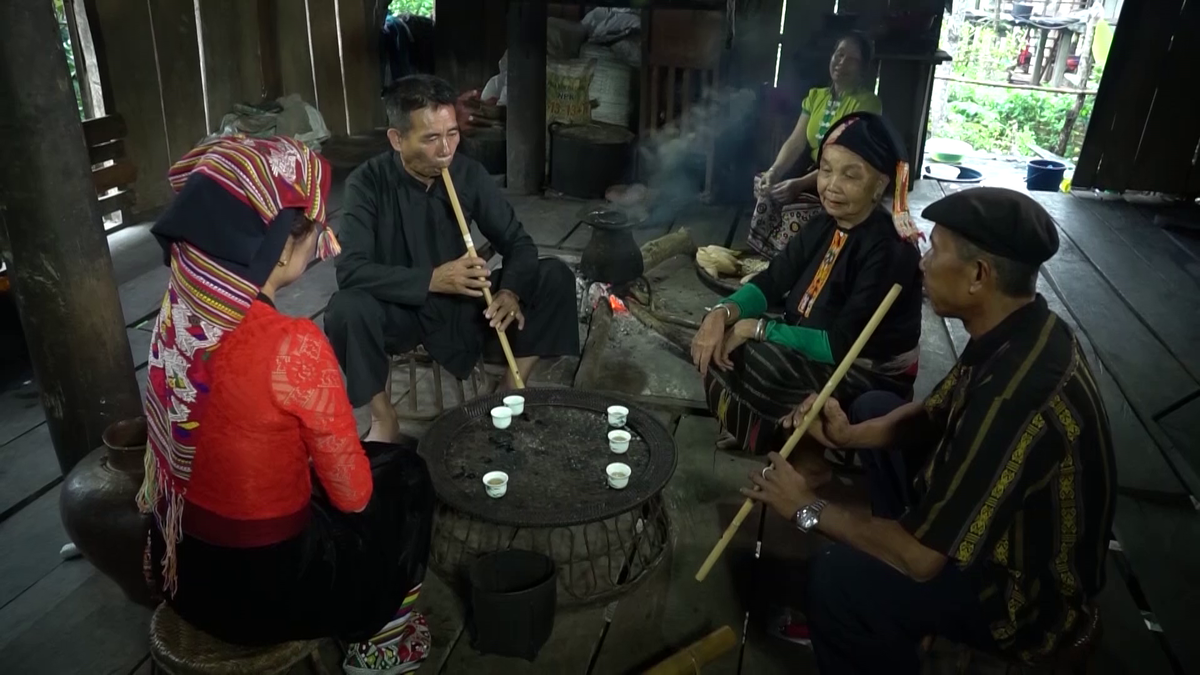
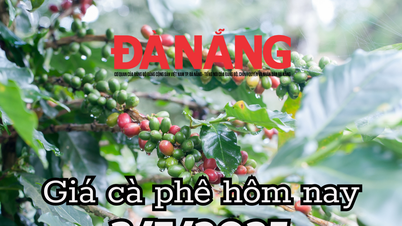




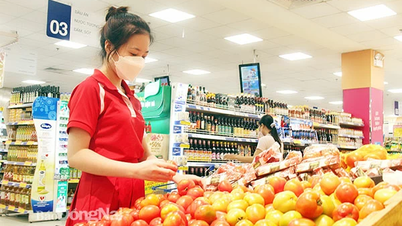
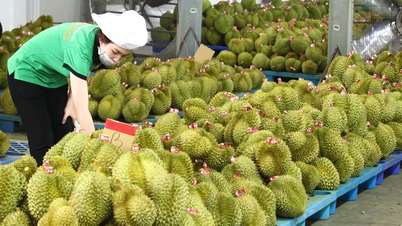








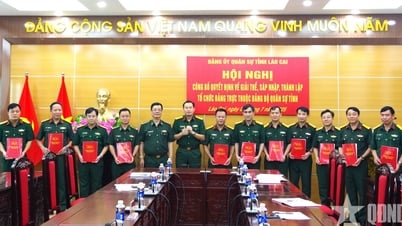




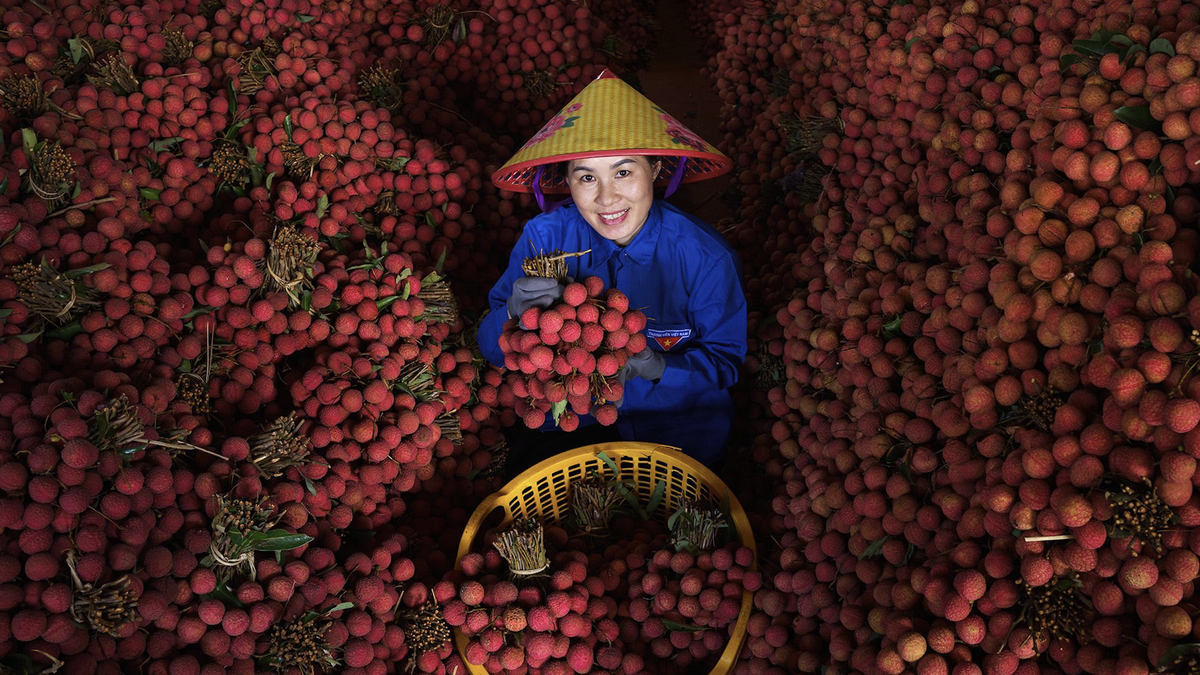






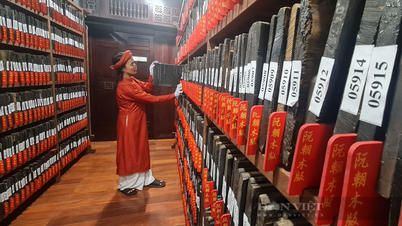





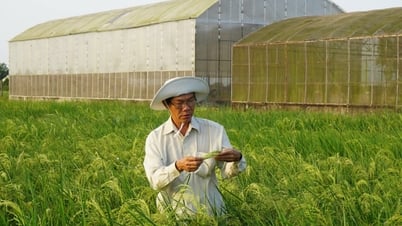

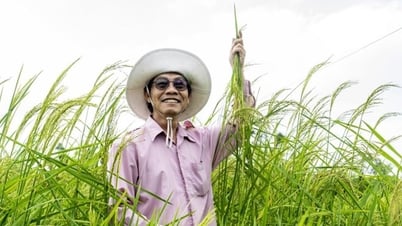

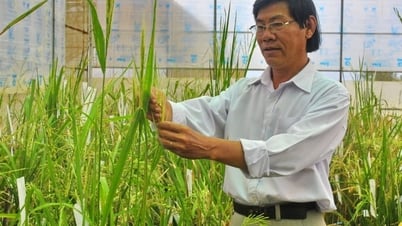





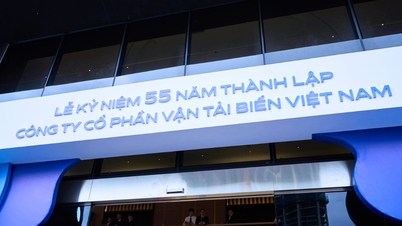







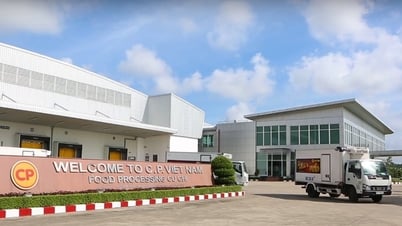


![[Photo] General Secretary To Lam attends the launch of 3 digital platforms serving the implementation of Resolution No. 57-NQ/TW](https://vphoto.vietnam.vn/thumb/402x226/vietnam/resource/IMAGE/2025/7/2/d7fb7a42b2c74ffbb1da1124c24d41d3)


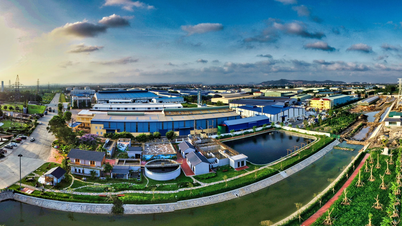










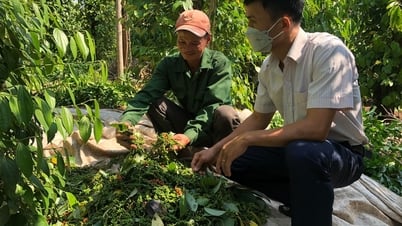

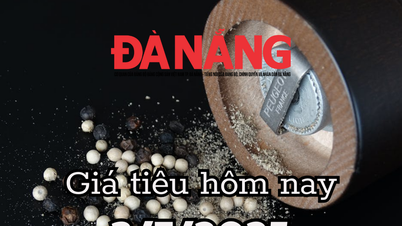

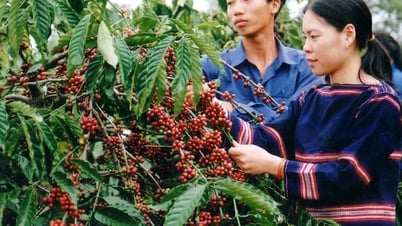
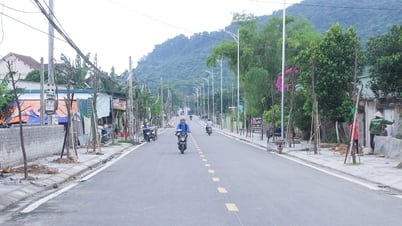

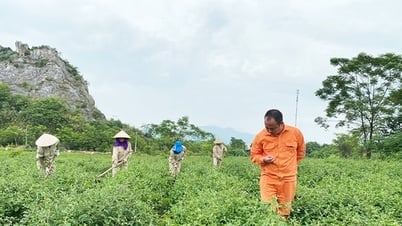









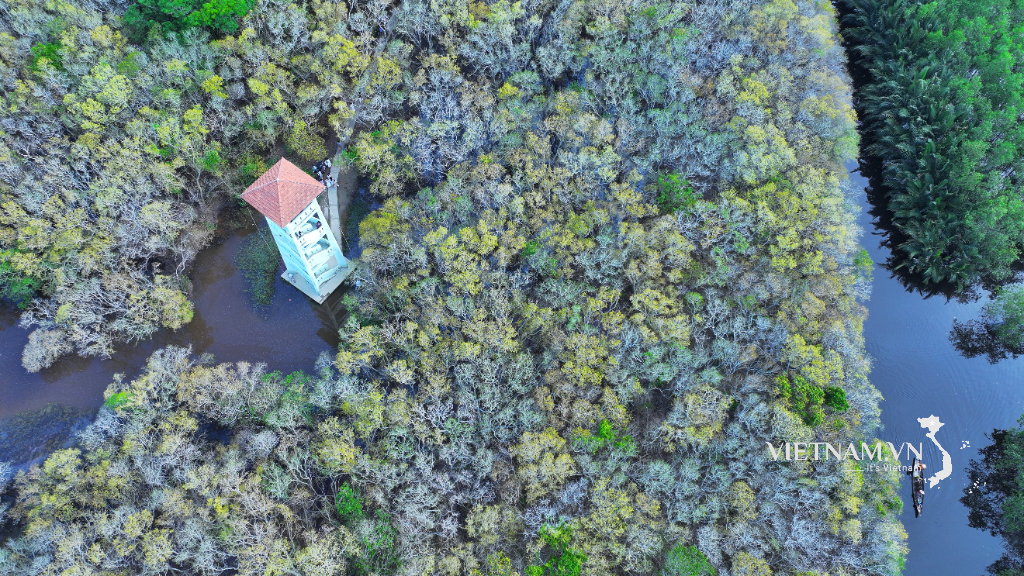
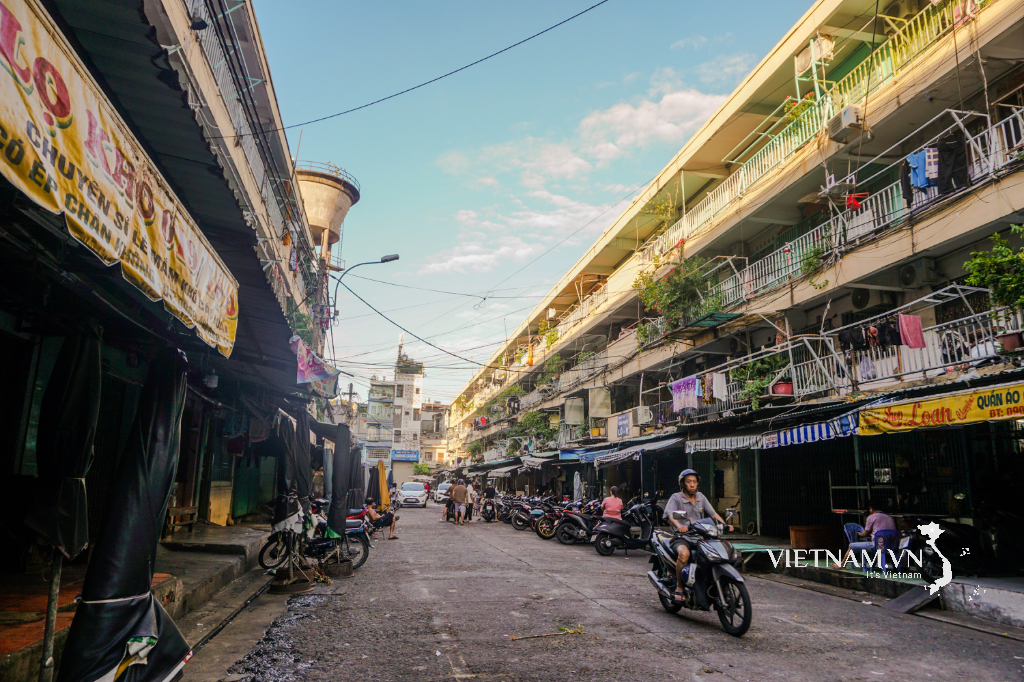

Comment (0)